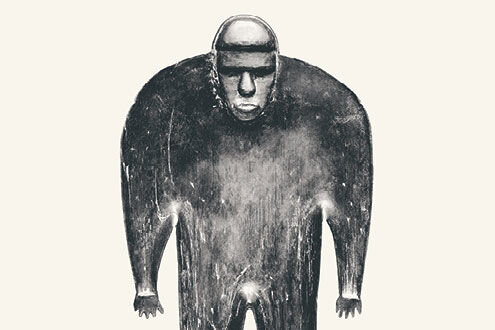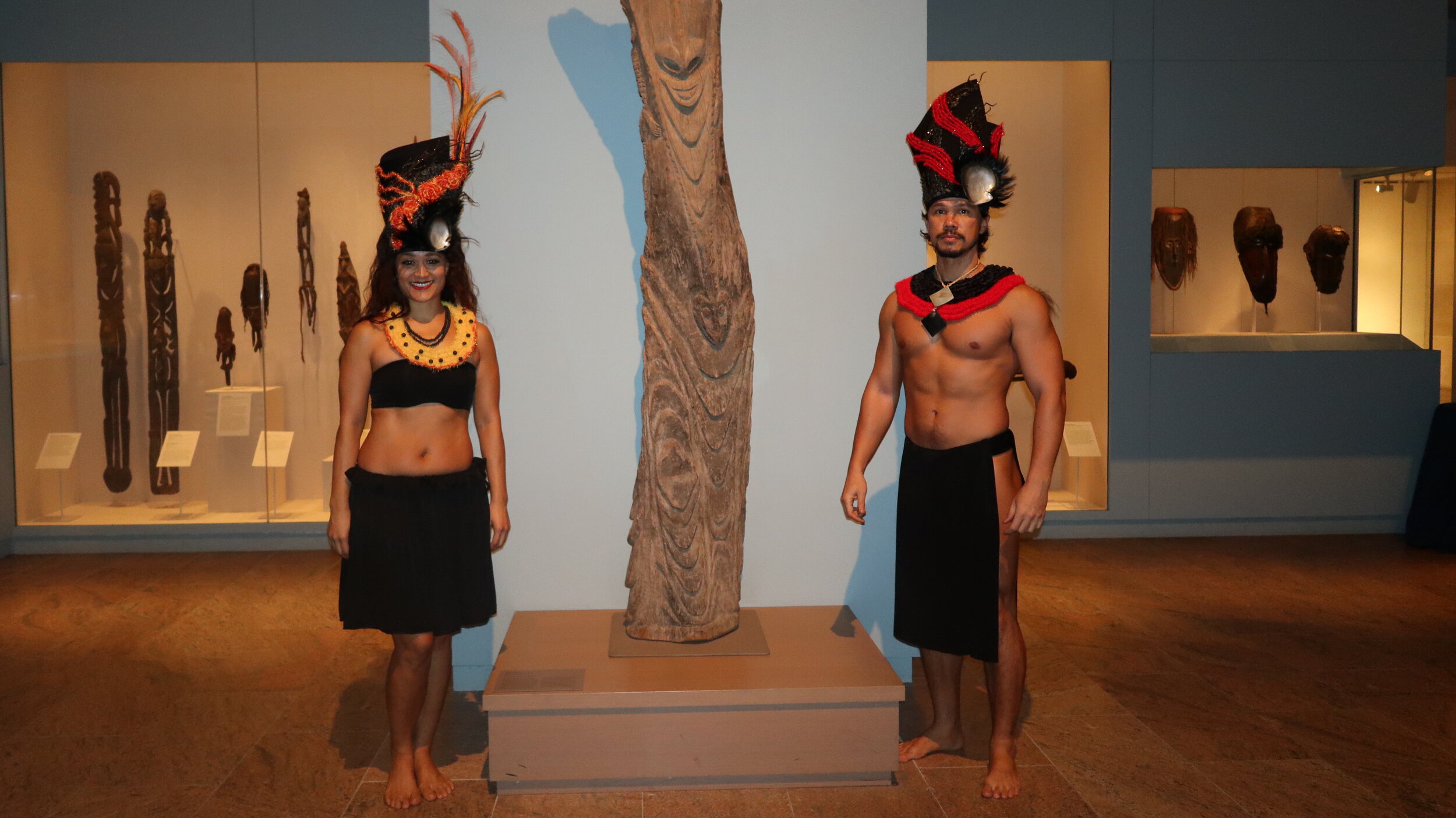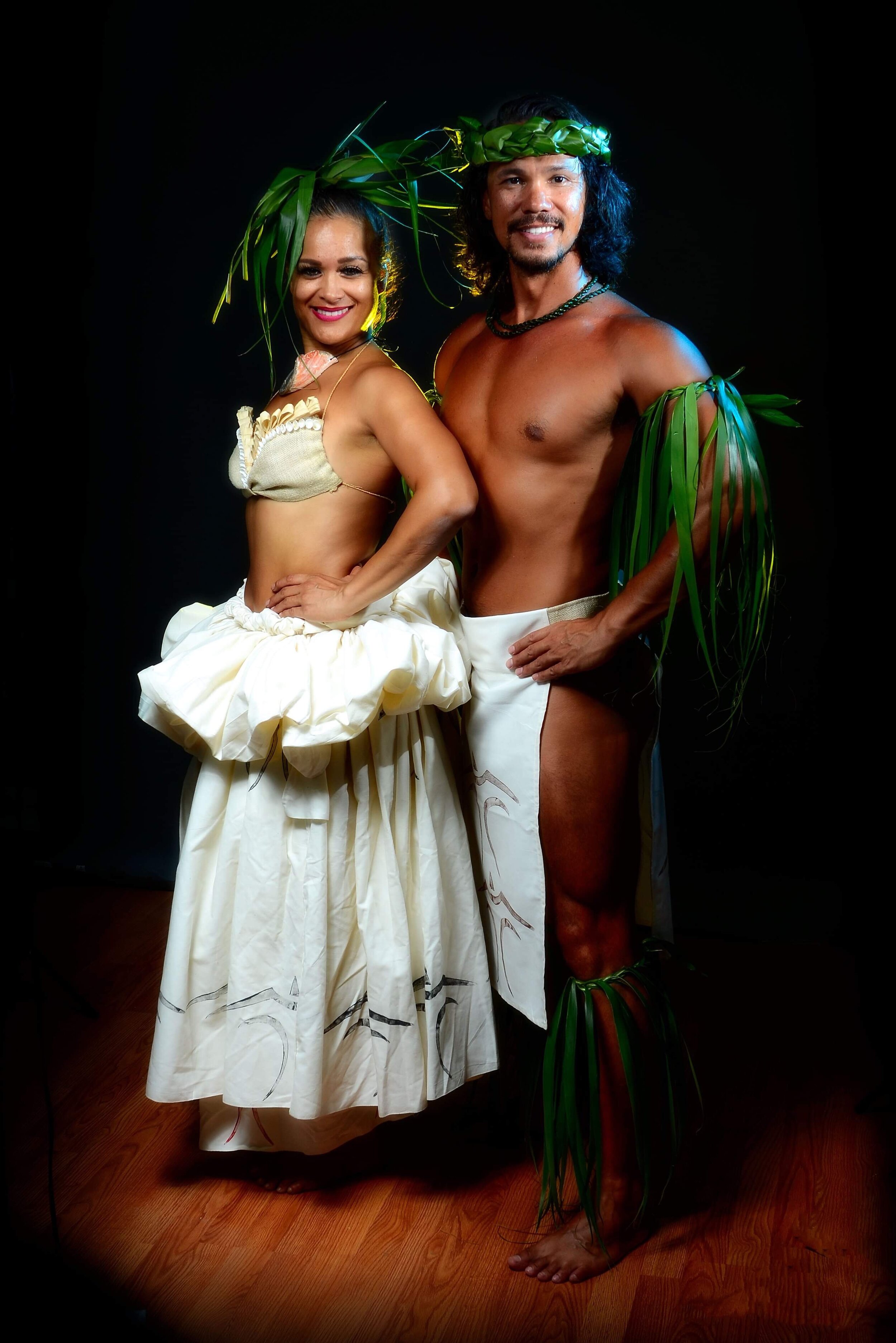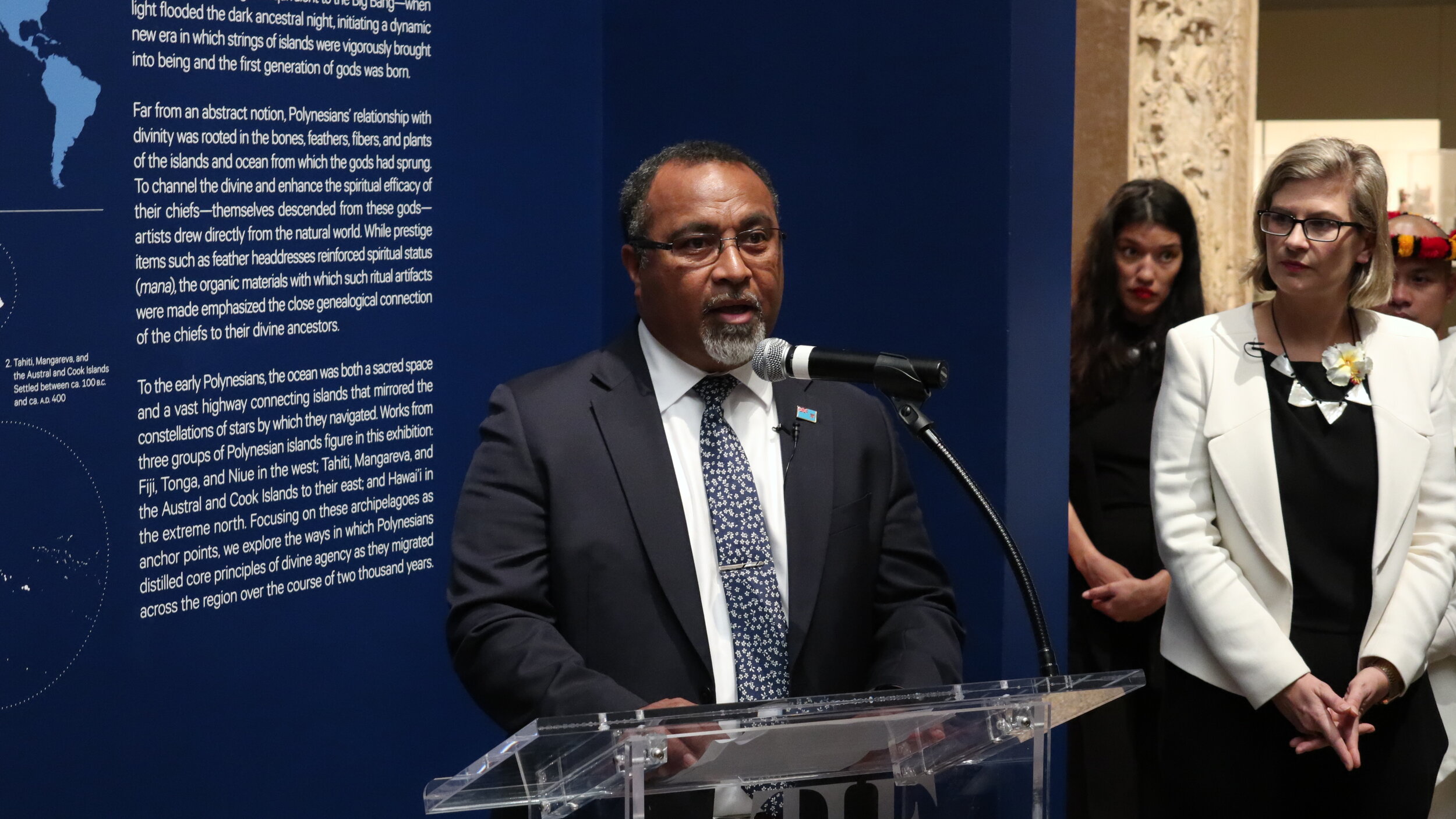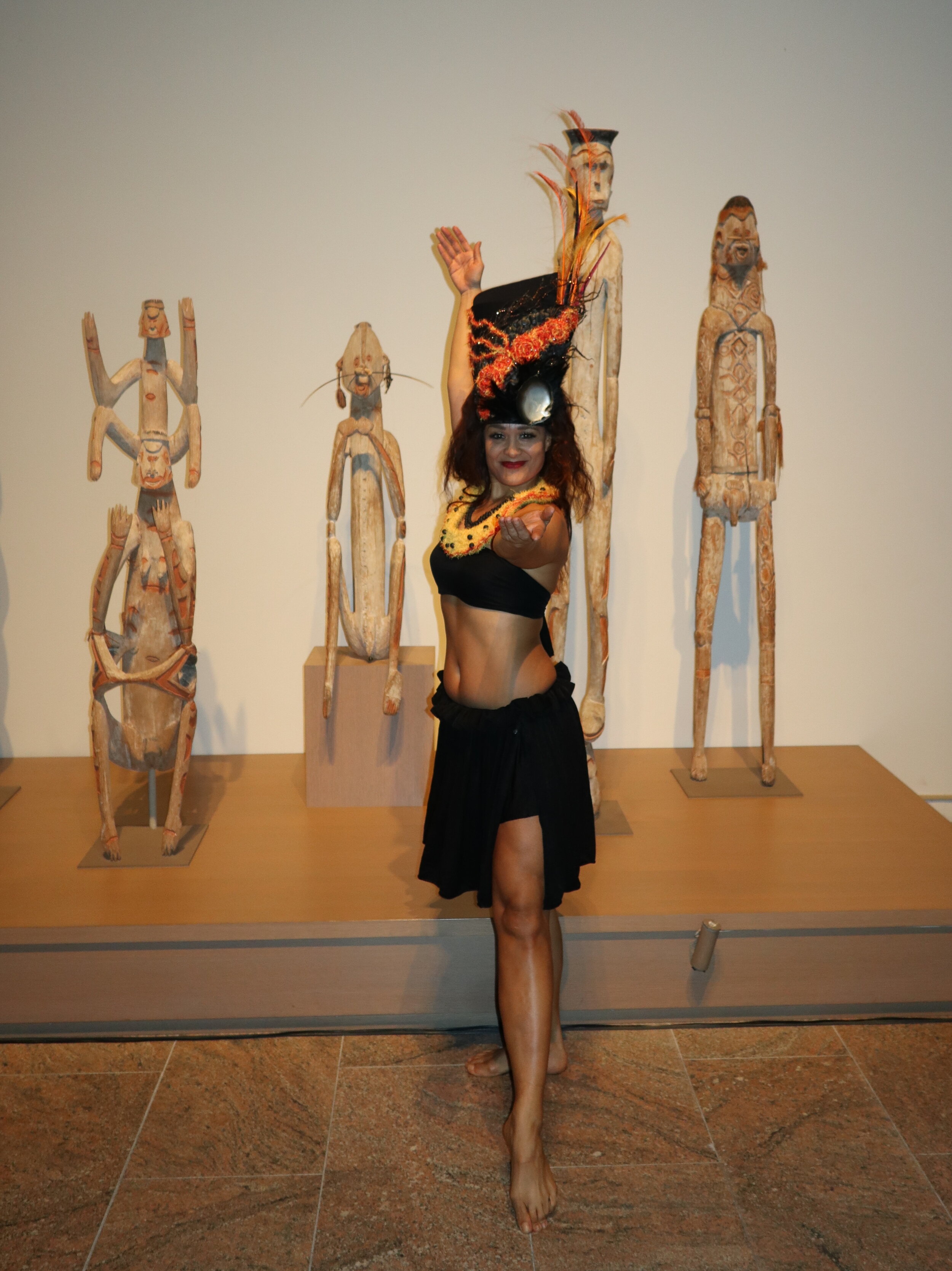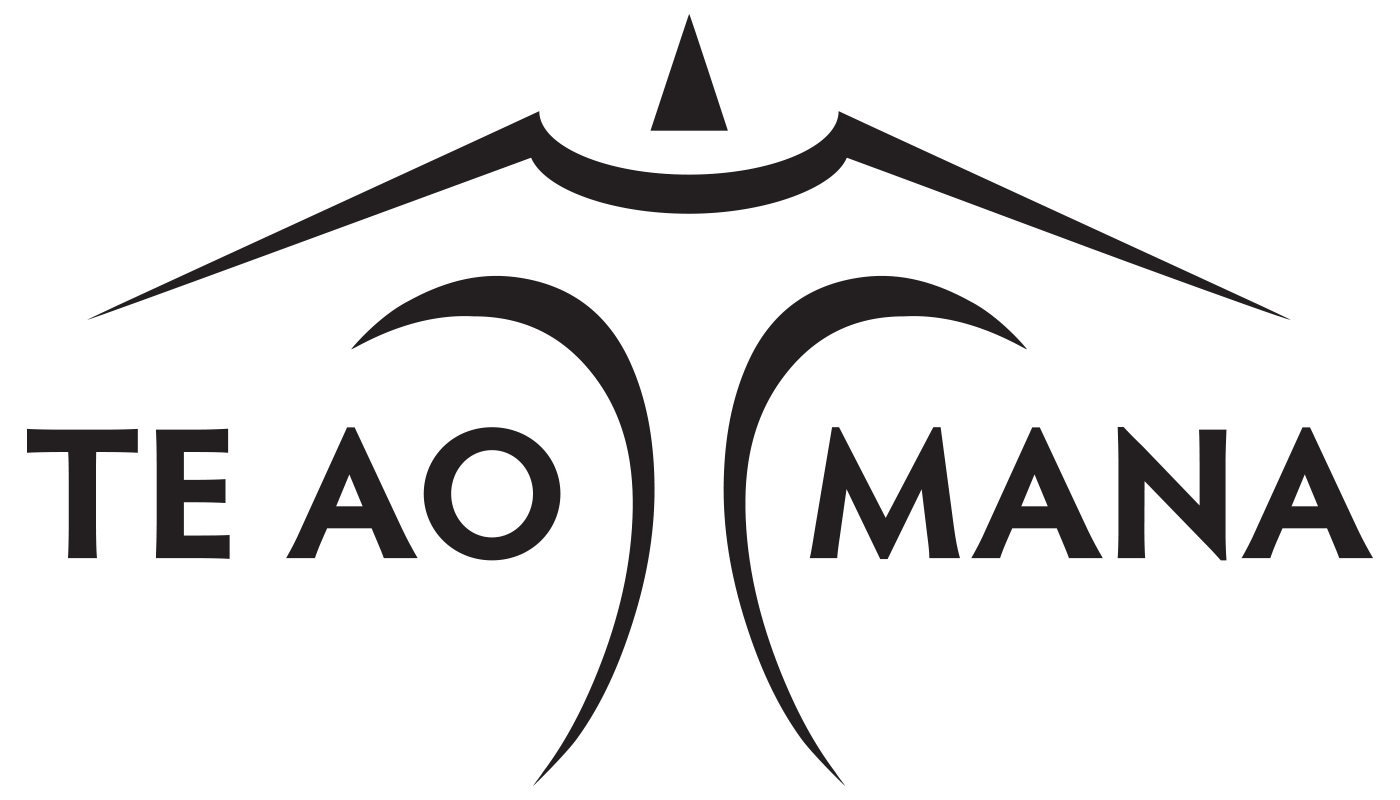Atea: Nature and Divinity in Polynesia
This exhibition celebrates the creative ingenuity of Polynesian artists who drew from the natural world to give material expression to their understanding of the divine. Drawn from American collections and The Met’s own holdings, Atea: Nature and Divinity in Polynesia will showcase some 30 works—figural sculpture, painted barkcloth, rare featherwork, and more—dating from the late 18th to the 19th century. The presentation will offer visitors an opportunity to understand a core principle of Pacific art: the divine is not abstract but very much alive in nature.
Atea is a Polynesian cosmological term that refers to a mythical moment in ancestral time when light was believed to have sparked forth after many eons of thick, engulfing darkness. This resulted in the birth of the first generation of gods. Across Polynesia, ritual artifacts were created for powerful chiefs who descended from these gods and who, as political and religious leaders, were imbued with the spiritual essence (mana) of their forbears. Prestige items such as feather cloaks and headdresses not only reinforced their status and reputation but also the genealogical connection with their divine ancestors.
The exhibition is organized chronologically in three sections. The first section, “Ancestral Homelands,” presents key ritual artifacts from the islands of Fiji and Tonga that are the earliest distillation of a distinctly Polynesian ideology. Works on view include a superbly executed figural sculpture of the female goddess Hikule’o, guardian of Pulotu, the watery underworld that remains to this day an important place of origin for islanders; a god house constructed completely from coconut cord fiber; an impressive painted barkcloth; and regalia carved from highly coveted whale ivory and pearl shell.
The second section of the exhibition, “Propping up the Sky,” focuses on the dynamism of ritual artworks from central and eastern Polynesia. Here, important deities from Mangareva and the Cook Islands are presented alongside exquisitely carved ceremonial staffs from the Austral Islands and an impressive breastplate from Tahiti made of feather, shark tooth, and dog hair. The final section, “Divine Chiefs,” features masterworks created for the elite ruling class of Hawaii at the extreme north of the region. An important ancestral sculpture of the Hawaiian deity Lono will be presented for the first time in decades alongside intricately woven fiber works and a remarkable feather cape (’ahu ‘ula) that once belonged to Kamehameha I and represents the highpoint of the Hawaiian feather and fiber art genre.
The exhibition is organized by Dr. Maia Nuku, Evelyn A. J. Hall and John A. Friede Associate Curator of Oceanic Art in The Met’s Department of the Arts of Africa, Oceania, and the Americas.
Dancing at the Metropolitan Museum of Art
It was such a powerful experience dancing amongst our tupuna and all the taoga present in the Oceania Exhibit at the Metropolitan Museum of Art. There were many great offerings of song, chant, and dance. There was no denying the power and mana that was felt. Mauruuru roa Maia Nuku for including us in the festivities so we could include our voices in honor and love of our ancestors.
